At Binh Long Rubber Company, the purchase price of latex is kept at 386 - 396 VND/TSC degree/kg, while mixed latex with 60% DRC is purchased at 14,000 VND/kg. Ba Ria Rubber Company still maintains prices at three levels according to TSC degree: from 452 VND for TSC degree ≥ 30, 447 VND for TSC degree from 25-30, and 442 VND for level 20-25.
The price of cup latex and coagulated latex is also classified according to DRC. With DRC ≥ 50%, the price is 18,000 VND/kg; from 45-50% is 16,700 VND/kg; and from 35-45% is purchased at 13,500 VND/kg.
At Mang Yang Rubber Company, the price of latex fluctuates between VND397 and VND401 per kg depending on the type, while mixed latex is purchased at VND359 and VND409 per kg. Phu Rieng Rubber Company currently maintains the price of VND440 per kg for grade 1 latex, and VND400 per kg for mixed latex.
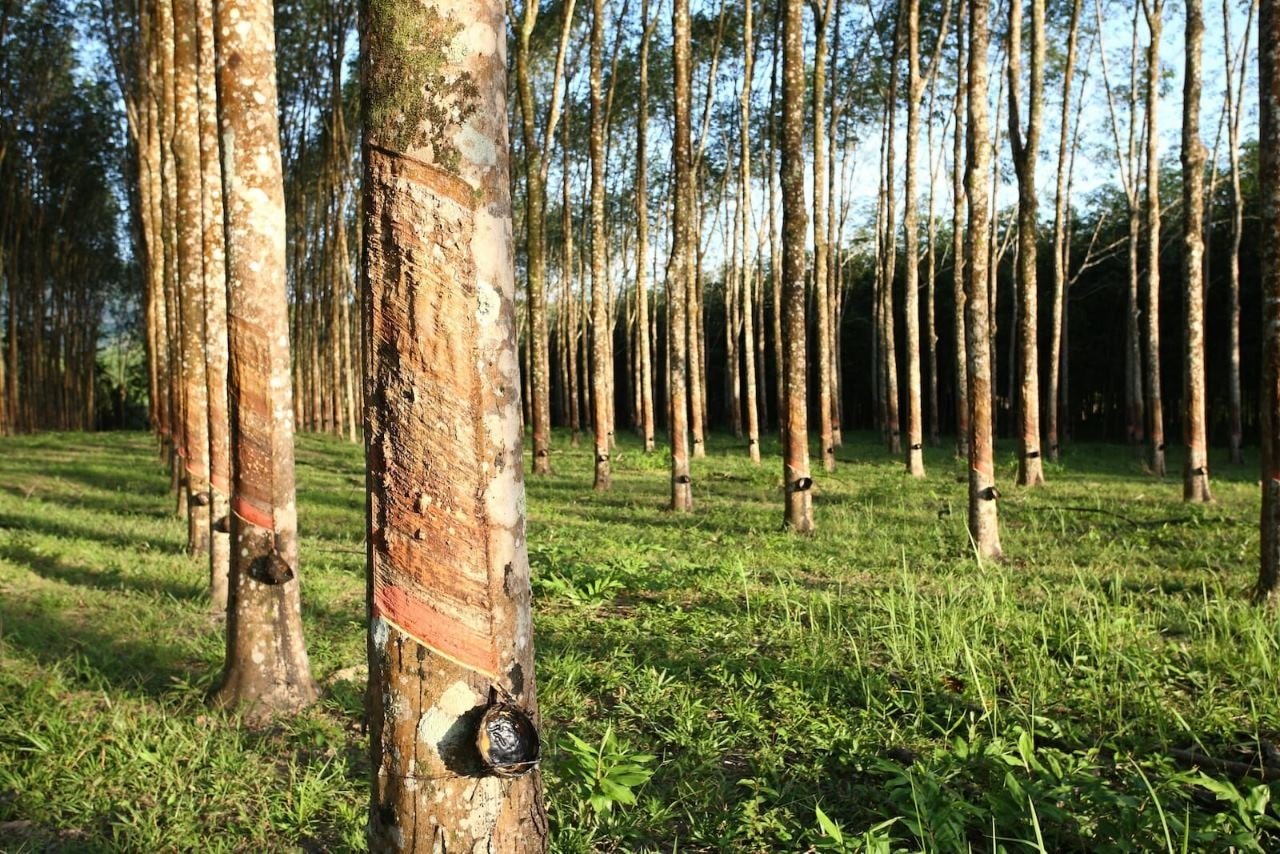
In the morning trading session on May 22, rubber prices on the world market continued to record mixed up and down trends. On the SGX (Singapore) floor, the contract for delivery in June 2025 decreased slightly by 0.30 cents to 172.20 cents/kg. However, the following terms all increased: July to 173.60 cents/kg, August to 173.50 cents/kg and September to 173.40 cents/kg.
On the TOCOM (Tokyo) exchange, RSS3 rubber prices remained stable at around 341-344 yen/kg for short-term contracts. Meanwhile, the SHFE (Shanghai) exchange recorded relatively stable rubber prices, fluctuating between 16,640-16,815 yuan/ton.
The global rubber market is currently under dual pressure from both the supply and demand sides. Slowing economic growth in China is negatively affecting demand, especially in the auto industry – the world’s largest rubber consumer. General Motors’ decision to halt exports to China has further highlighted the gloomy consumption picture.
However, rubber prices are still supported by concerns about supply disruptions in key producing countries such as Thailand, which has been hit by heavy rains. This extreme weather could slow down the progress of harvesting and transporting rubber.
In addition, the market is also closely monitoring the serious fire at Kumho Tire Plant No. 2 - the company's largest production facility in Korea, with a capacity of 12 million tires/year, accounting for 20% of Kumho's total global output. The incident occurred on May 18 and took 77 hours to be completely controlled. After the incident, Kumho's shares plunged more than 9.3%, and the company is coordinating the investigation, assessing the damage as well as supporting the affected local people.
The imbalance between supply and demand, along with geopolitical risks and unexpected incidents in the global production chain, makes world rubber prices in the short term unpredictable and may continue to fluctuate strongly.
Source: https://baoquangnam.vn/gia-cao-su-hom-nay-22-5-the-gioi-trai-chieu-trong-nuoc-giu-gia-3155282.html



![[Photo] Prime Minister Pham Minh Chinh chairs the Government's special meeting on law-making in May](https://vphoto.vietnam.vn/thumb/1200x675/vietnam/resource/IMAGE/2025/5/22/1c880aae96fd4e0894abc47a46fe19ba)

![[Photo] General Secretary To Lam chairs a working session with the Central Internal Affairs Commission](https://vphoto.vietnam.vn/thumb/1200x675/vietnam/resource/IMAGE/2025/5/22/3b7790f499da45b2803d8ae253207ef1)


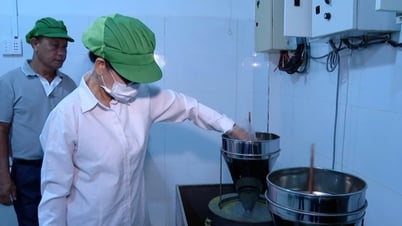



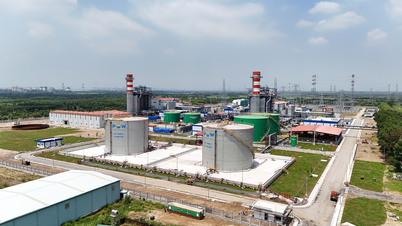
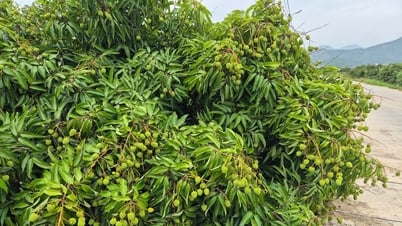

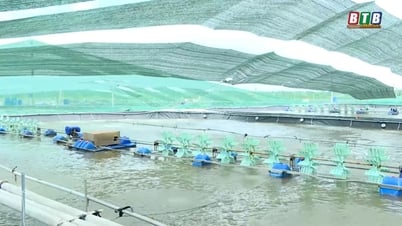











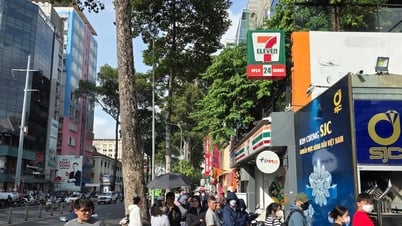















































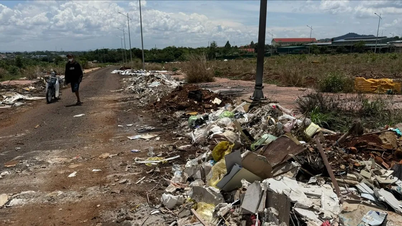





![[Podcast] Week introducing more than 500 OCOP products in Hanoi](https://vphoto.vietnam.vn/thumb/402x226/vietnam/resource/IMAGE/2025/5/22/d144aac2416744718388dbae3260e7fd)







Comment (0)